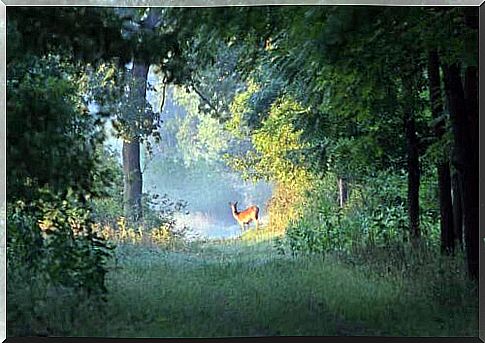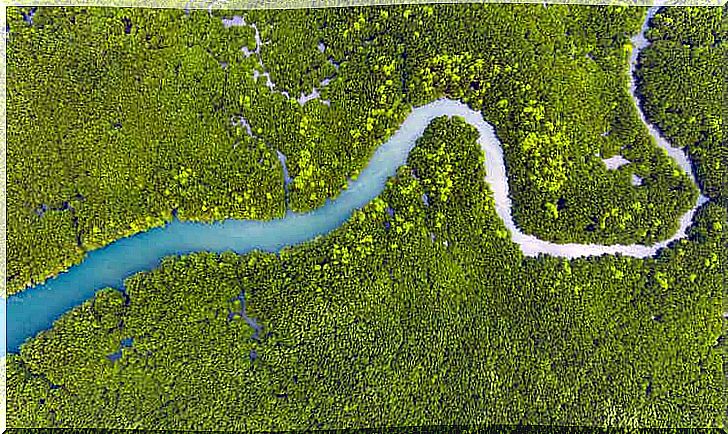Ecological Succession: What Is It?

What do volcanic eruptions, cyclones, forest fires, tsunamis and extensive agriculture have in common? They all represent a starting point for a process known as ecological succession.
In simpler terms, one could say that ecological succession is the expression of the power of nature. It refers to the constant process of change and restructuring that all ecosystems go through. Thanks to these changes, every ecological niche is experiencing a progressive exchange of the organisms that make it up.
The term succession refers to the replacement of certain species with others over time. To address this problem, it is important to assess the interactions between different species that share a given habitat.
The elements involved in ecological succession
As an integrative phenomenon, ecological succession includes the biotic factors (living beings) and the abiotic factors (atmospheric conditions) of an ecosystem.
Although these theories were originally developed by botanists, they have been extended to understand the dynamics of animals. In addition, they are also applied to microbial communities.

Ecological Succession: The Different Types
If the succession involves the settlement of a “new home”, which means that a new habitat is settled without the influence of existing communities, one speaks of primary succession. If, on the other hand, the succession goes hand in hand with the disruption of an already existing community, one speaks of secondary succession.
In general, there are two basic circumstances that can lead to ecological succession:
- The occupation of a new and uninhabited space.
- The transformation of a niche that is changing due to a disruptive event.
Ecological Succession: The Different Stages
The phenomenon of ecological succession consists of several phases. These include the following:
1. Nudation
This process begins with the creation of an uncovered or underserved area. Such an area is created by certain events such as eruptions, floods, erosions or due to other catastrophic events. In addition, it can also be caused by human hands. Examples of human act nudation include: quarrying, hydro-fracking, fires, building reservoirs, etc.
2. Invasion
In this phase, pioneer species invade the area and create the basis for other creatures to live there. The invasion consists of the following three steps:
- Spread or migration of seeds or spores of the invasive species.
- Then the immigrated plant species germinate in the new area. This process includes the growth of seedlings and also the beginning of the reproduction of adult plants.
- Aggregation: Thereafter, the successful immigrants of a species increase their numbers through reproduction and establish a large population in the area, thus forming a pioneering community.
3. Competition and reaction
Thriving species compete with members of the same species for space and food ( intraspecific competition ). They also compete with individuals of other species that can invade the area (interspecific competition). In this way, the settled species form a serial community.
But gradually the environment changes and is no longer suitable for supporting all the organisms that exist there. As a result, sooner or later the previous species will be replaced by the new invaders, usually animals that specialize in utilizing the resources of the habitat.

4. Stabilization
Eventually a stage will be reached where the community is stabilized and can remain stable under the existing conditions. The system reaches a wide variety of species, well distributed and with complex food chains.
In addition, you should know that this phase was previously considered to be the end stage and was defined as the climax community. However, this idea has been largely rejected by modern ecologists in favor of the idea of ”non-equilibrium” in the dynamics of ecosystems.
Ecological Succession – A Critical Process for Ecosystems
In summary, we can state that ecological succession is of great importance for the growth and development of an ecosystem. Hence, disseminating this knowledge helps to understand how to initiate colonization of new areas and repopulation of devastated areas.
All living things play an essential role in their ecosystem. Consequently, respect for each of its members is essential to their wellbeing.








